HDPE Plastic Lumber vs Composite Decking: Which is Better?
A deep dive into the properties and performance of HDPE plastic lumber versus composite decking, providing insights for consumers seeking sustainable and long-lasting outdoor solutions.
HDPE Plastic Lumber vs Composite Decking: Which is Better?
Introduction
In the world of outdoor living spaces, deck construction materials play a crucial role in determining the overall quality and durability of your project. Two popular choices are High-Density Polyethylene (HDPE) plastic lumber and composite decking. Both options offer unique benefits that cater to different needs and preferences. This article delves into a detailed comparison of HDPE plastic lumber and composite decking, focusing on longevity, ease of installation, resistance to weather conditions, cost implications, and eco-friendliness.
Longevity and Durability
When it comes to longevity, HDPE plastic lumber has an edge over composite decking. HDPE is a highly durable material known for its ability to withstand harsh weather conditions without deteriorating. It does not rot, warp, or splinter, which means it requires minimal maintenance and can last for decades. On the other hand, composite decking, while still durable, may degrade over time due to exposure to sunlight, moisture, and temperature fluctuations. However, advancements in composite technology have significantly improved their lifespan, making them a strong contender in this category.
Installation Ease
Both HDPE plastic lumber and composite decking are relatively easy to install compared to traditional wood. However, HDPE plastic lumber often requires fewer tools and hardware, making it a slightly more straightforward option. The lightweight nature of HDPE also makes it easier to handle during installation. Composite decking, while heavier, offers a variety of installation methods, including hidden fasteners and screw systems, providing flexibility in design and aesthetics.
Resistance to Weather Conditions
HDPE plastic lumber excels in resistance to weather conditions. It is impervious to water, mold, mildew, and insects, making it an ideal choice for humid or coastal areas. Composite decking, while resistant to most weather conditions, can be affected by prolonged exposure to moisture, leading to potential warping or swelling. However, modern composites incorporate advanced UV protection and water-resistant additives, enhancing their performance under challenging weather conditions.
Cost Implications
Cost is a significant factor when choosing between HDPE plastic lumber and composite decking. Initially, HDPE plastic lumber tends to be more expensive than composite decking due to its manufacturing process and higher raw material costs. However, the long-term savings from reduced maintenance and replacement costs make HDPE a cost-effective option over time. Composite decking, while cheaper upfront, may require more frequent repairs and replacements, affecting its overall cost-effectiveness.
Eco-Friendliness
Both materials claim to be environmentally friendly, but HDPE plastic lumber has a slight edge in terms of sustainability. Made from recycled plastics, HDPE reduces landfill waste and conserves natural resources. Composite decking, while containing a mix of recycled wood fibers and plastics, raises concerns about the sourcing of wood and the environmental impact of plastic production. However, manufacturers are continually improving their processes to enhance the eco-friendliness of composite products.
Practical Advice for Choosing the Best Option
When deciding between HDPE plastic lumber and composite decking, consider your specific needs and budget. If you prioritize low-maintenance, durability, and environmental impact, HDPE plastic lumber might be the better choice. For those seeking a balance between cost, appearance, and functionality, composite decking could be more suitable. Always consult with a professional contractor to assess your project requirements and ensure the best outcome.
Reference
Deck Guide: HDPE Plastic Lumber vs Composite Decking
Baoding Plastroy WPC Products
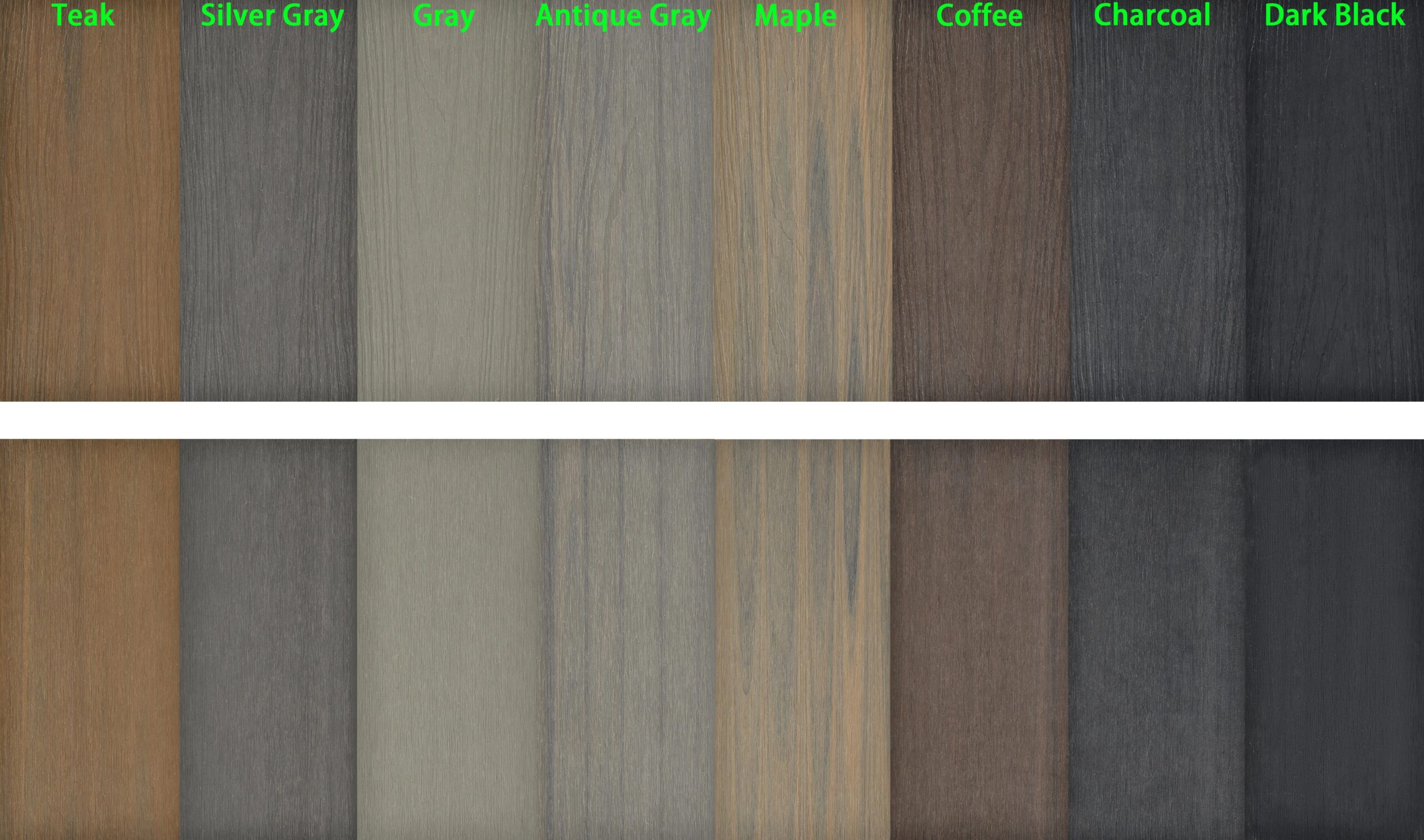
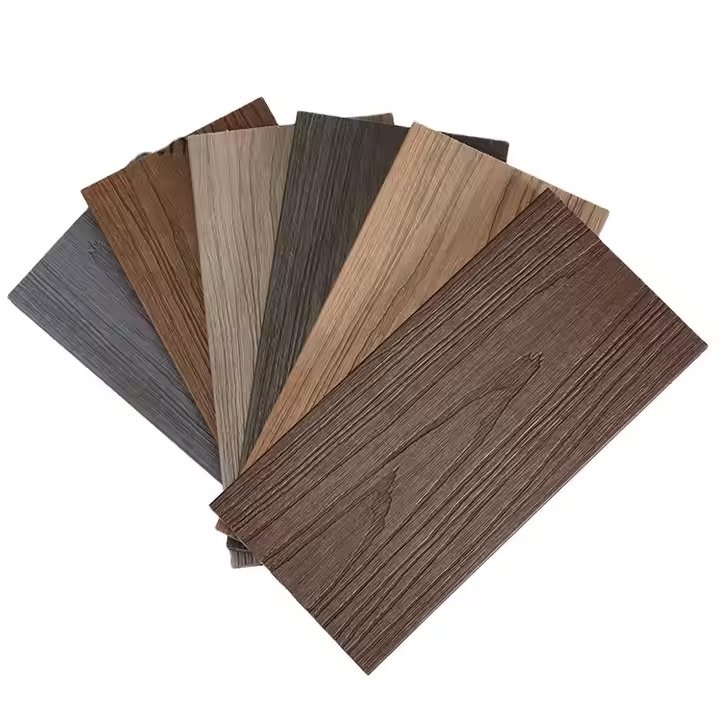
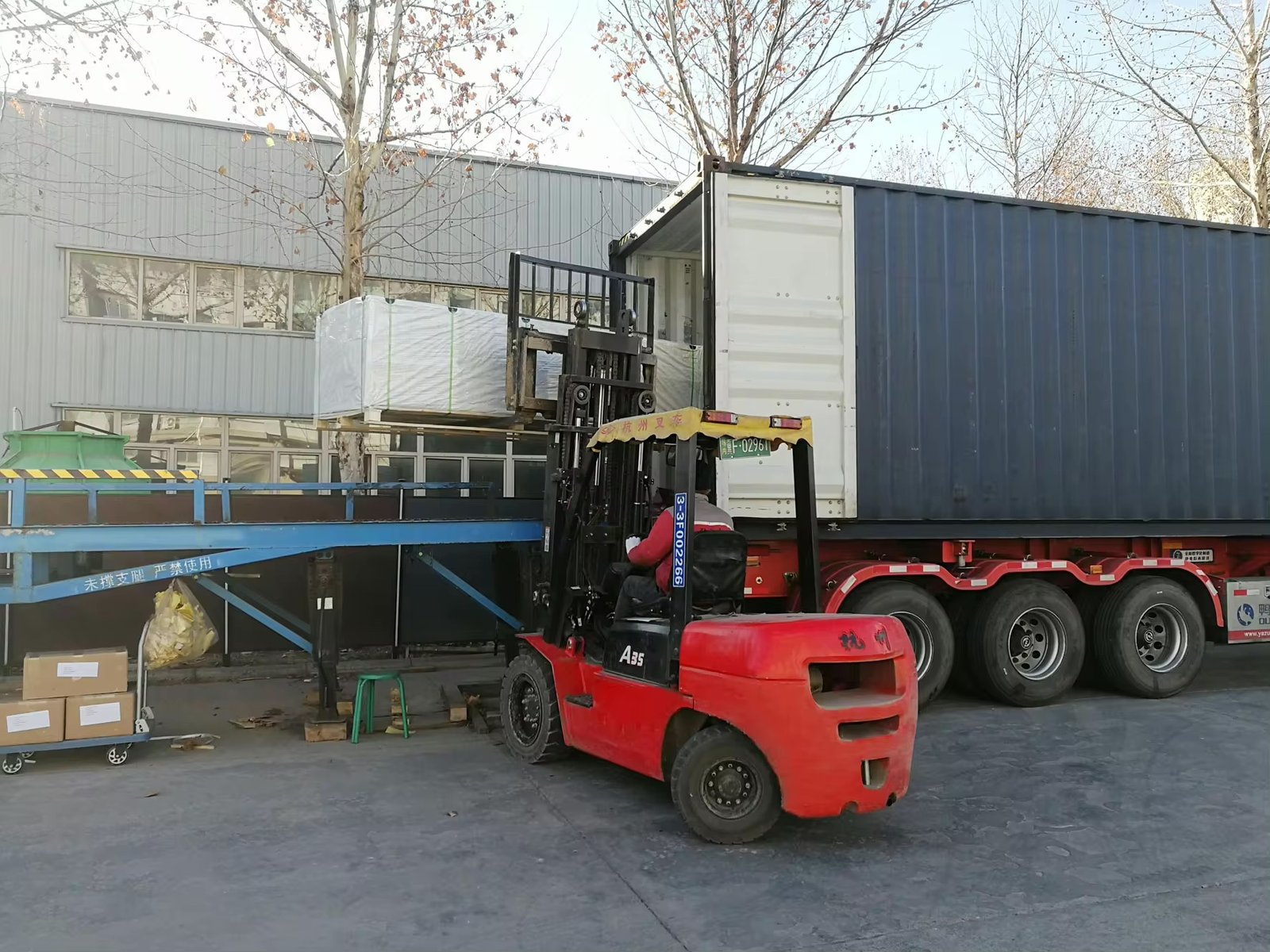
Why Choose Plastory?
Baoding Plastory New Materials Co., Ltd. is a manufacturer of decorative materials with over 9 years of experience and 56 separate production lines.
Currently, our annual production exceeds 30,000 tons, with products exported to more than 50 countries worldwide.
Plastory is the drafting unit of the WPC National Standards and has obtained certifications such as REACH, ASTM, CE, and FSC. Plastory is dedicated to maintaining consistent quality, focusing on details, and prioritizing customer satisfaction.
Our factory is located in Baoding, Hebei Province, China, with a prime location and convenient transportation access. Baoding is approximately a 1.5-hour drive from Beijing Capital International Airport and just 2 hours away from Tianjin Port, making it easy for global clients to visit and facilitating efficient shipping of goods. Our facility spans a large area, equipped with advanced production equipment and modern testing facilities to ensure that every batch of products meets the highest quality standards.
We warmly welcome clients from around the world to visit our factory, where you can see our production processes firsthand and experience our product quality. Please feel free to reach out to us—we are committed to providing you with the best products and services.
Kindly get in touch with us to request a product catalogue.

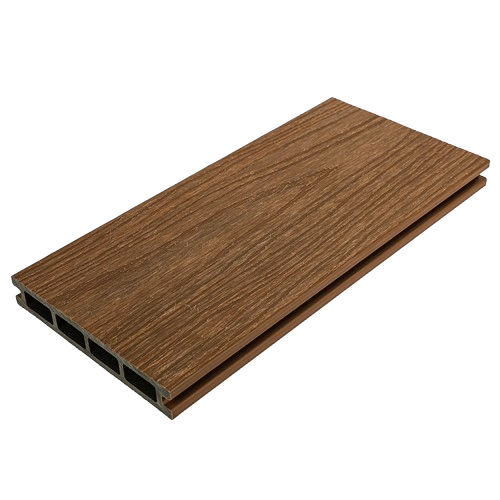
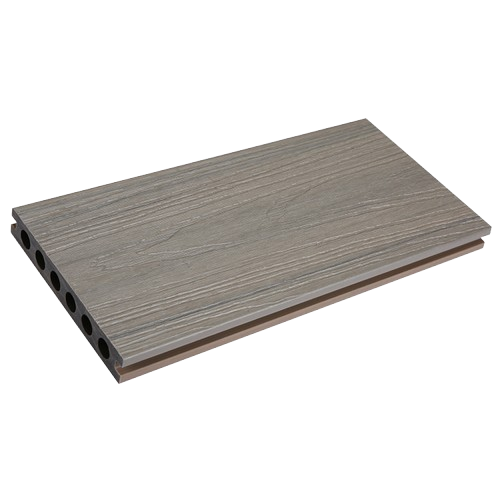
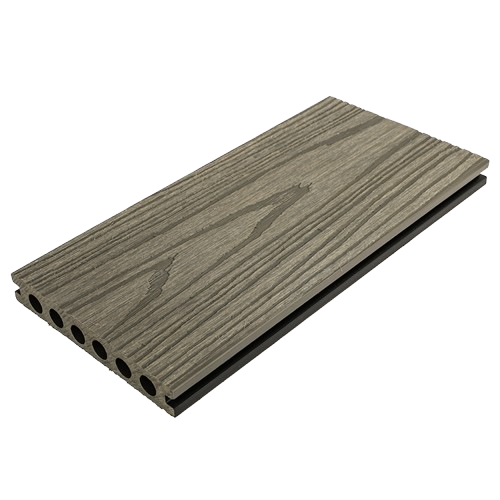
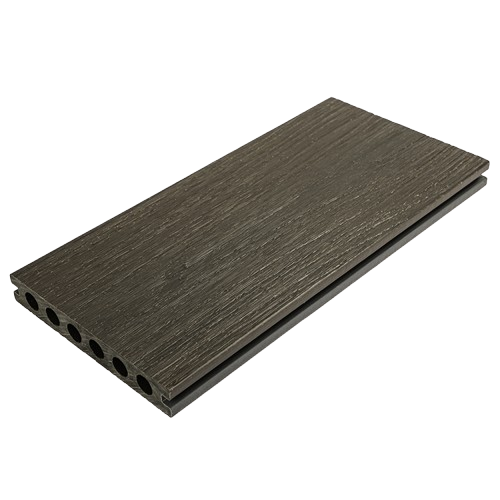
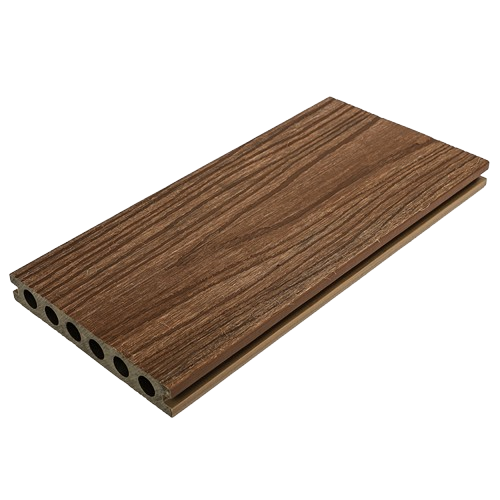
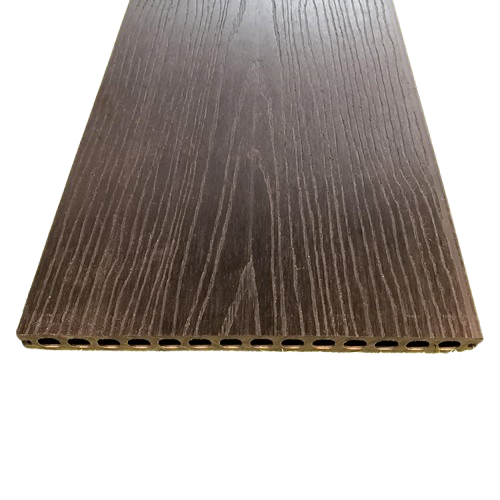
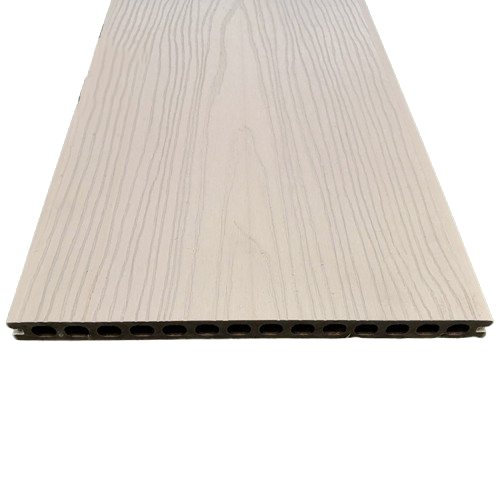

Reviews
There are no reviews yet.